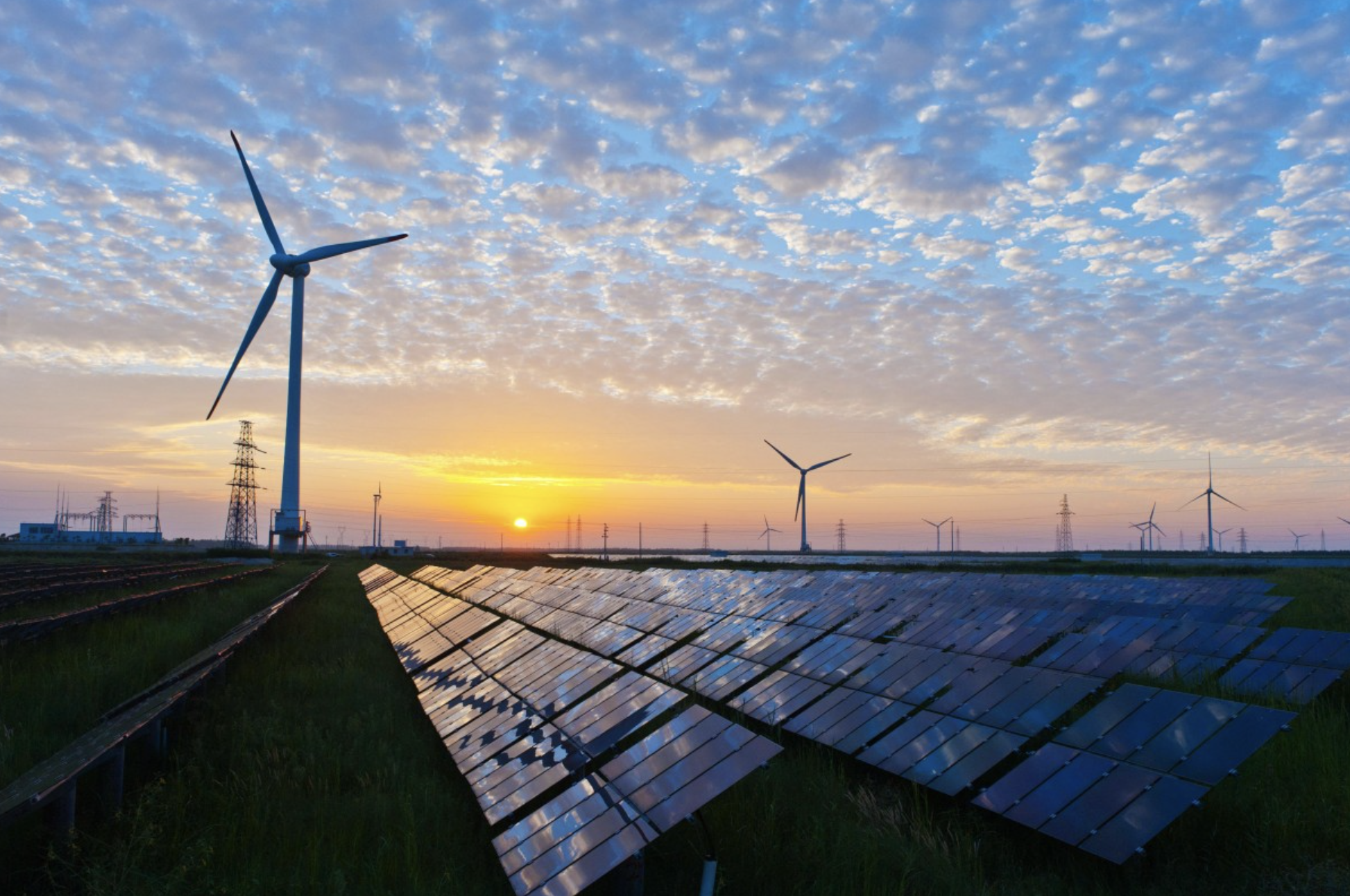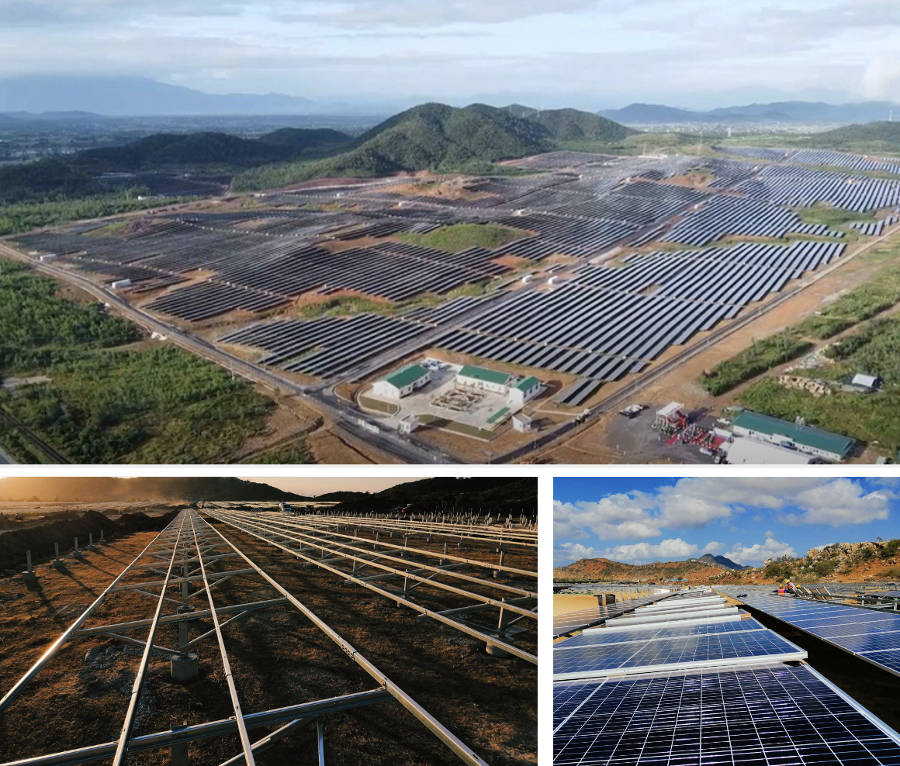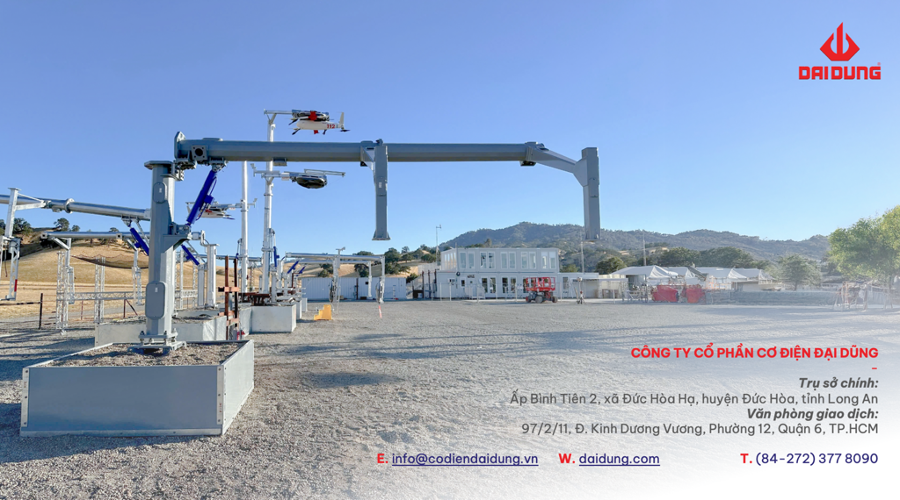As Vietnam accelerates its transition to clean energy, solar power has emerged as a strategic solution. Yet behind every successful project lies a foundation of engineering precision and regulatory compliance. In this context, solar farm safety standards, covering both international best practices and local regulations play a vital role in ensuring project reliability and performance. Let’s explore with DaiDung Group how these standards are applied in practice and why they matter in shaping Vietnam’s sustainable energy future.
Vietnam’s drive toward clean energy and safer solar farms
Vietnam is undergoing one of the fastest clean energy transitions in Southeast Asia, with solar power playing a leading role. Solar energy in Vietnam is widely utilized across large-scale utility solar farms, rooftop installations on factories and industrial parks, agricultural applications, as well as pilot projects in rural communities and public institutions. These diverse applications reduce dependence on fossil fuels, promote onsite consumption of renewable power, and alleviate the strain on the national electricity grid, particularly during peak demand seasons.

However, the rapid expansion of solar power in Vietnam brings a number of challenges, including the risk of grid overload and the need for long-term project sustainability. Among the critical factors to address these challenges are solar farm safety standards, which help ensure technical reliability, safety, and compatibility with the evolving grid conditions.
Why solar farm safety standards are essential
Solar farm safety standards are critical factors that go beyond mere regulatory requirements; they fundamentally determine the success and sustainability of solar projects. Without proper safety and engineering protocols, solar farms face significant risks such as electrical failures, material corrosion, and structural damage, which can result in system downtime, fire hazards, and costly repairs. Furthermore, inadequate safety planning jeopardizes worker health and safety, potentially leading to legal issues or even full project shutdowns.
Strict adherence to solar farm safety standards in Vietnam ensures seamless integration with the national grid, accelerates the licensing process, and creates safer working environments. It also boosts investor confidence by demonstrating reliable and compliant operations. Additionally, following these standards optimizes maintenance efforts and lowers lifetime operating costs, allowing solar farms to operate efficiently and securely for decades.
Key solar farm safety standards in Vietnam
Solar farm safety and quality assurance require strict adherence to a combination of local regulations and international standards. They cover structural integrity, electrical safety, worker health, environmental impact, and regulatory compliance throughout the design, construction, and operational phases.
1. National Standards and Regulations in Vietnam
Vietnam has established a range of national solar farm safety standards and technical regulations to ensure the safe design, installation, and operation of solar farm systems. These standards are aligned with international practices and are mandatory for all solar power projects implemented in the country.
Key Vietnamese Standards include:
- TCVN 7447-7-712:2019: Low voltage electrical installations – Part 7-712: Requirements for special installations or locations – Solar photovoltaic (PV) power supply systems.
- TCVN 10896:2015: Thin-film terrestrial photovoltaic (PV) modules – Design qualification and type approval.
- TCVN 11855-1:2017: Requirements for testing, documentation and maintenance – Part 1: Grid connected systems – Documentation, commissioning tests and inspection of Photovoltaic (PV) systems.
- QCVN 01:2020/BCT: National technical regulation on electrical safety, issued by the Ministry of Industry and Trade, applicable to solar energy systems connected to the grid.
- Circular No. 05/2021/TT-BCT: Provides specific guidance on implementing electrical safety regulations.
2. International Standards
In addition to national regulations, many solar farm projects in Vietnam especially those involving foreign investors refer to international standards to enhance safety, quality, and compatibility with global practices.
Commonly referenced international standards include:
- EN 1090-1: Technical requirements for the execution of steel structures.
- ASTM A123/A123M-17 (USA): Standard Specification for Zinc (Hot-Dip Galvanized) Coatings on Iron and Steel Products.
- ISO 9001:2015: Global quality management system standard.
- IEC 62548: Guidelines for design and installation of PV systems.
- IEC 60364: International standard for low-voltage electrical installations.
- ISO 45001:2018: Requirements for an occupational health and safety (OH&S) management system. )
Powering Vietnam’s solar future with trusted safety standards
Understanding and adhering to both Vietnamese and international solar farm safety standards is crucial for the successful implementation of solar farm projects. Organizations seeking to invest in or develop solar infrastructure should prioritize working with partners who demonstrate comprehensive knowledge of local regulations as well as the ability to align with globally recognized practices. This ensures not only regulatory compliance, but also long-term operational safety and system performance.
DaiDung Electromechanical JSC, a core member of DaiDung Group, plays a vital role in advancing Vietnam’s solar energy future through its commitment to trusted solar farm safety standards and has been delivering high-performance solutions for major solar projects across the country.
A notable example of DaiDung Electromechanical’s contribution to solar infrastructure is the KN Van Ninh Solar Farm in Khanh Hoa Province, Vietnam. The KN Van Ninh Solar Farm covers an area of 120 hectares and has a total designed capacity of 100 MWp. Construction began in June 2020, and after just six months, the plant officially commenced operations on December 11, 2020. With an expected annual power output of nearly 162,000 MWh, the solar farm significantly contributes to the national grid while helping reduce CO2 emissions by approximately 154,000 tons each year.

DaiDung Electromechanical played a vital role in the project by supplying a total of 2,520 tons of high-quality solar mounting structures, ensuring durability and compliance with strict technical and safety standards for this solar power plant. By integrating global standards with local expertise, DaiDung ensures every solar installation is both technically sound and regulatory-ready. With extensive manufacturing capacity, a team of skilled engineers, and decades of experience, DaiDung Electromechanical is fully equipped to meet the growing demand for solar infrastructure in Vietnam. From concept to implementation, the company ensures every stage aligns with strict solar farm safety standards, delivering projects that are not only structurally sound, helping shape a safer, greener future.

As Vietnam accelerates its clean energy journey, the need for trusted, safety-driven partnerships becomes more critical than ever. DaiDung Electromechanical continues to be a reliable force in shaping this transformation where every project is a testament to precision, compliance, and long-term value. For investors and developers seeking to build resilient, future-ready solar farms, aligning with experienced partners like DaiDung Electromechanical is a step toward ensuring both safety and success.
